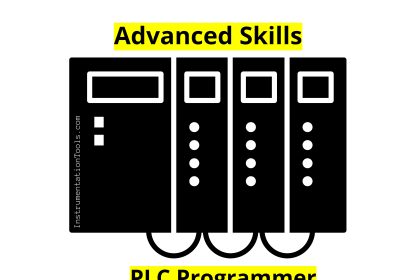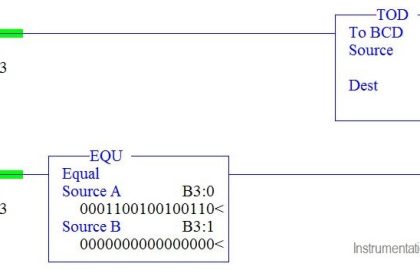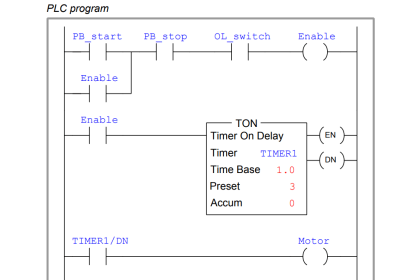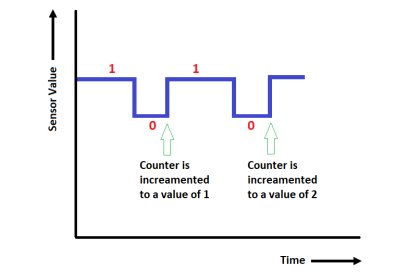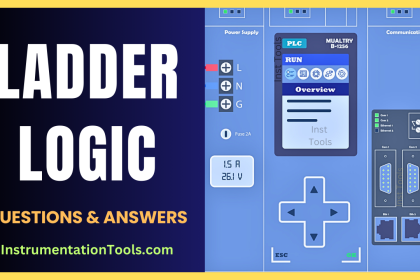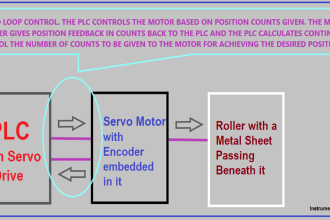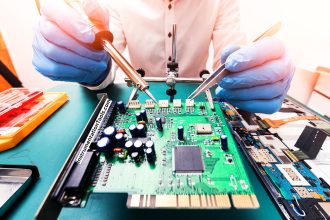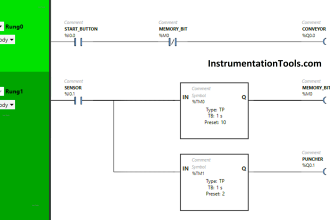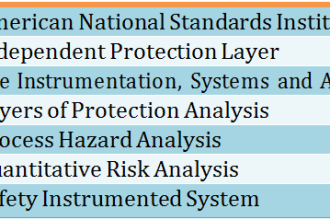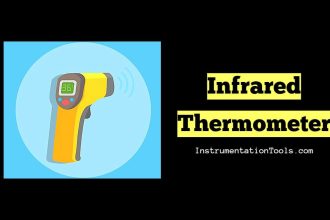In industrial automation, PLC and SCADA systems are commonly used for monitoring and controlling plant operations. This combination makes the system highly reliable and efficient. However, out of curiosity, we sometimes encounter unusual questions that lead to new ways of thinking. One such question that many engineers ask is: Can SCADA work without a PLC? It’s a tricky question, but we do have an answer. In this post, we’ll explore whether a SCADA system can function without a PLC.

What is the function of a PLC?
A PLC (Programmable Logic Controller) is a control device that receives input signals from field equipment, processes them based on the programmed logic, and generates the appropriate output signals to control field devices. It uses industrial communication protocols such as Modbus, Ethernet, CANopen, and others to interact with real-time data. In an industrial environment, the PLC serves as the primary interface between field devices and higher-level automation systems like SCADA, DCS, or IoT platforms. It can store field data, maintain parameter settings, and retain real-time information in its memory for continuous processing and control.
What is the function of SCADA?
A SCADA (Supervisory Control and Data Acquisition) system is a monitoring platform that provides a graphical representation of real-time processes occurring in a plant. SCADA collects data from PLCs or other lower-level controllers and visually displays it on the screen. The programmer maps this data using graphical elements and animations, allowing operators to monitor live process conditions effectively.
Beyond visualization, SCADA systems also handle tasks such as data logging, report generation, historical trend analysis, alarm management, and integration with databases, IoT platforms, and cloud services. This enables a comprehensive view of operations and supports advanced industrial automation and decision-making.
Can SCADA work without PLC?
Now that we have understood the roles of both systems, we will dive into our main discussion. Technically speaking, yes, you can run the SCADA system without a PLC. For that, refer to the points below on how it is possible:
- SCADA, as we know, does not accept hard inputs and outputs, but indeed works with soft IOs. It means it has many built-in communication protocols inside it for accepting direct data in such formats. For example, if it has Modbus RTU, then you can connect devices to the SCADA that have the Modbus RTU protocol in it. Due to this, that particular device can directly share data with the SCADA, in the same way as the PLC shared data with SCADA on Modbus RTU.
- Once it starts data communication with the third-party devices on communication, scripting needs to be written in SCADA to process them and generate any logic based on them. Remember that the output generated will be in soft data form.
- If no logic is required, then just read and write data with the third-party devices through communication. Further, as data has already been communicated with the SCADA, processes of alarms, reports, and trends can then be used in the same way as it is communicated with the PLC. All SCADA requires is just soft data, which either a PLC or any third-party devices with the supported protocol can give.
So, practically speaking, SCADA can run without a PLC. But that has its own cons too, which can be described as below:
- PLC has libraries designed to perform complex algorithms very easily. All this coding will then have to be done in SCADA scripting, which is time-consuming, hard to troubleshoot, and also slows down the runtime performance of SCADA with time-lag issues.
- PLC hardware is designed to perform in rugged and harsh environments. This task cannot be done by a SCADA PC.
- PLC processes data and performs logic for it locally. It sends not all, but only the required data to SCADA. In the case without PLC, getting a bulk of data through communication will increase bandwidth, reduce speeds, and bring latency in the system.
In short, it can be recommended to run SCADA without PLC, but only for small or less complex applications.
Read Next:
- Learn about SCADA and HMI Systems
- Difference Between FC and FB in Tia Portal
- Difference Between PLC and SCADA
- Can a PLC Function Without an HMI or SCADA
- Safety PLC Programming Recommendations
